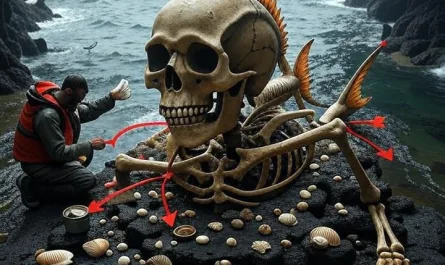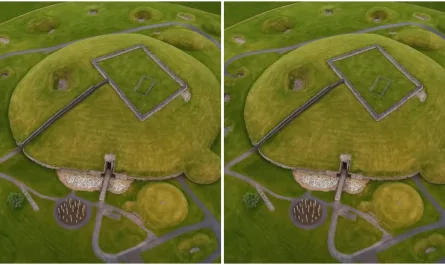Ancient Mermaid Bones Unearthed in Iceland, Shedding Light on a Centuries-Old Mystery
In a groundbreaking discovery that challenges both mythology and science, archaeologists in Iceland have uncovered skeletal remains that may belong to mermaid-like beings. These bones, found along a secluded northern coastline, provide new insights into a legend that has fascinated humanity for generations.
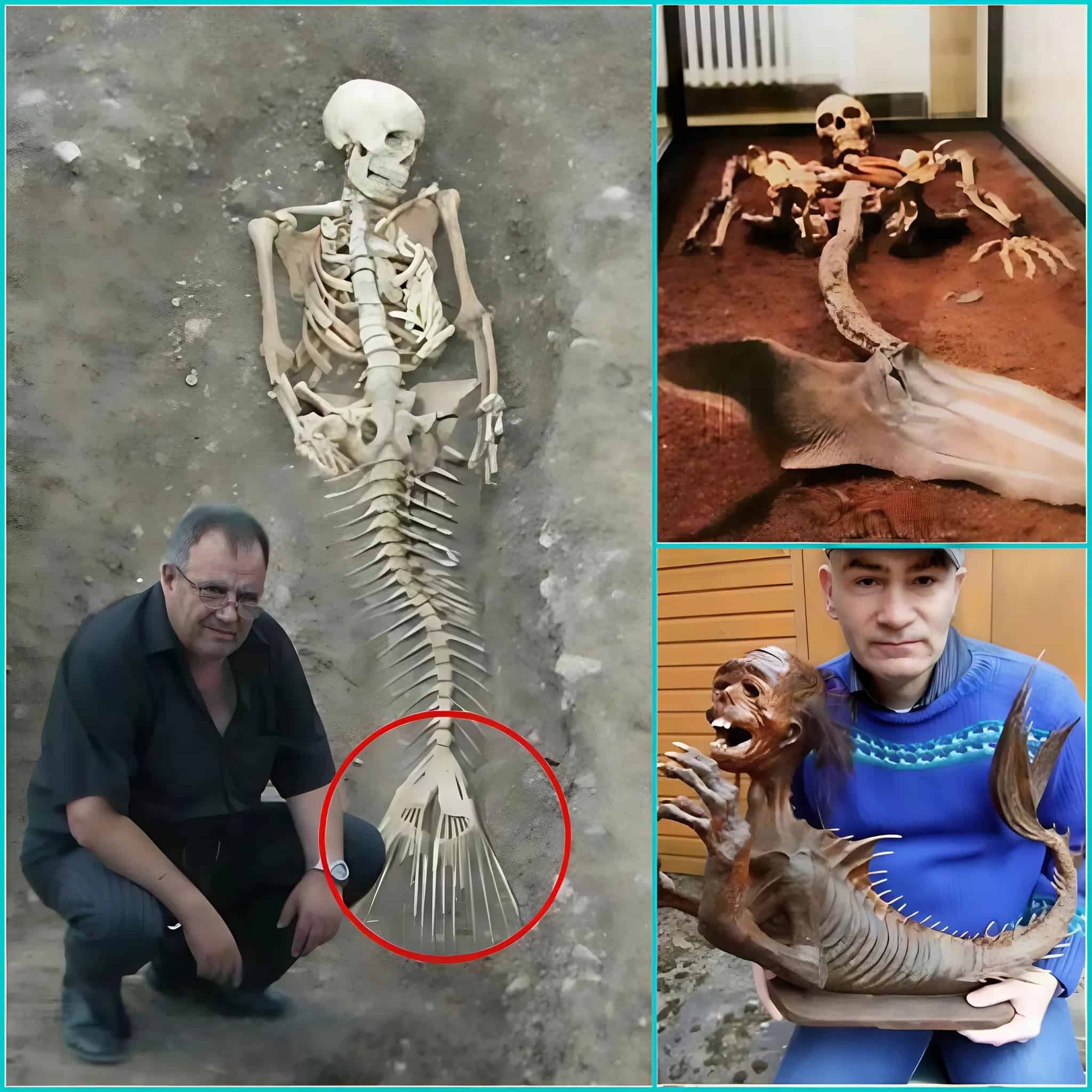
Professor Helga Thorsdottir, the lead archaeologist on the excavation, stated that the bones are remarkably well-preserved despite the region’s harsh climate. The skeletal structure exhibits both human and marine characteristics, making this find unlike anything currently known in the animal kingdom. “This is an unprecedented discovery,” Thorsdottir announced. “Initial analysis suggests these bones do not match any documented species.”
The site of the discovery is steeped in local folklore, particularly tales of “Marbendill”—mysterious half-human, half-sea beings that were believed to either aid or punish sailors depending on their respect for the ocean. While such stories have persisted for centuries, this is the first physical evidence that could lend credibility to these long-held beliefs.
Carbon dating places the remains at around 800 years old, aligning with the Nordic Middle Ages. Scientists are now conducting DNA testing to determine whether the remains contain traces of human or marine genetic material, potentially confirming or disproving their link to mermaid legends.
However, some experts remain skeptical. Professor Lars Ingvarsson, a marine zoologist from the University of Oslo, argues that the bones could belong to an undiscovered or extinct marine species rather than mythical creatures. “Unusual bone formations can result from mutations or evolutionary adaptations to extreme environments,” he explained.
Despite the skepticism, the Icelandic research team maintains an open-minded approach. “While science demands concrete evidence, myths often originate from fragments of reality,” Thorsdottir emphasized. She also pointed out that further interdisciplinary studies—combining archaeology, biology, and folklore—may be needed to fully grasp the significance of this finding.
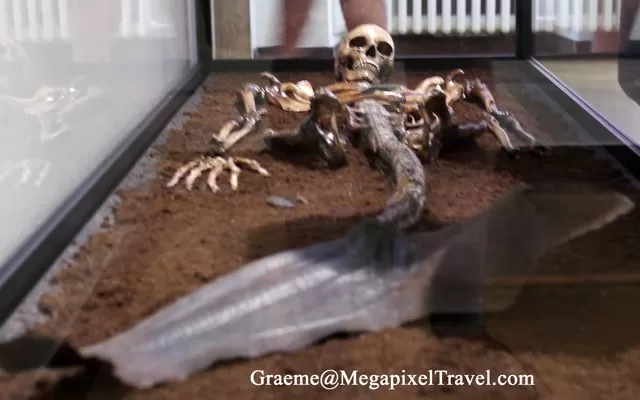
The discovery has ignited a global debate, with media and social platforms buzzing over the implications. A video released by the excavation team, showing the bones being unearthed, has amassed millions of views. While some believe this to be definitive proof of mermaids, others argue for more conventional explanations.
Critics have suggested that the remains may belong to marine mammals such as seals or whales, possibly distorted by time and environmental factors. “Misinterpretations of marine bones have occurred before,” remarked an anonymous marine biologist.
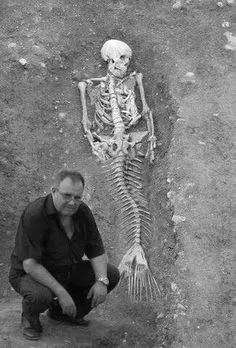
Regardless of the outcome, the fascination with mermaids remains deeply ingrained across various cultures—from Mediterranean folklore to Indian Ocean legends. This discovery in Iceland could offer a rare chance to merge myth with scientific inquiry.
Until further results are obtained, the bones have been moved to the National Museum of Iceland for preservation and detailed study. A temporary exhibition is set to open in the coming months, allowing the public to witness this potentially history-altering find firsthand.
The question remains: are these bones evidence that mermaids once existed, or are they simply an as-yet-unidentified scientific anomaly? One thing is certain—this discovery rekindles the age-old debate between legend and reality, reminding us that nature still holds many mysteries waiting to be uncovered.


